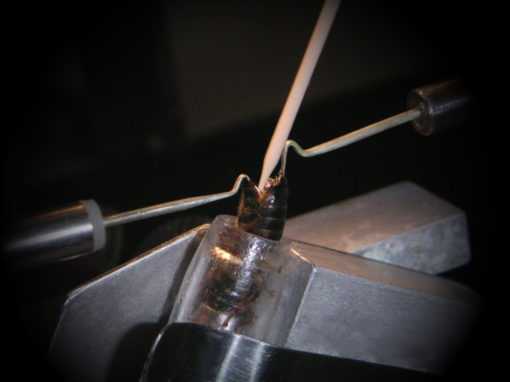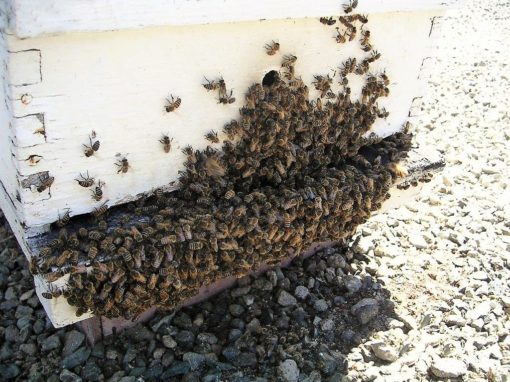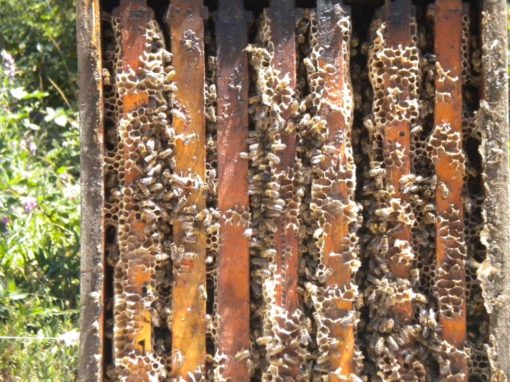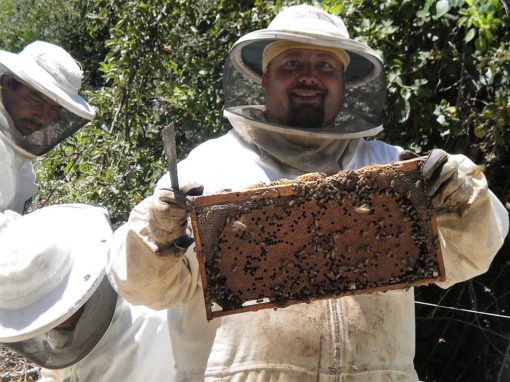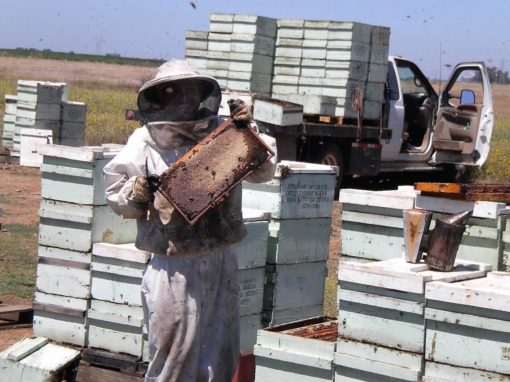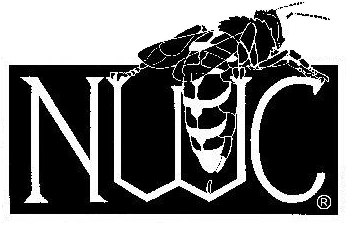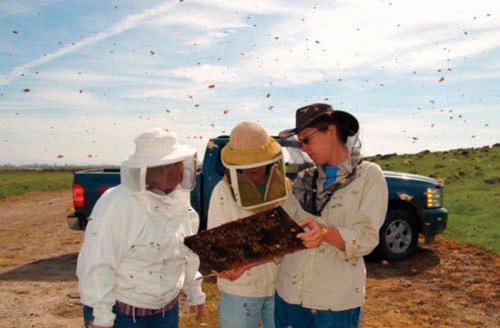New World Carniolan Queen Bees
The New World Carniolan population is vigorously evaluated. Working with a diverse gene pool, our goal is to maintain careful selection protocols on our population of New World Carniolan Queens by using the Page-Laidlaw Closed Population Breeding Program. Annually, a new generation of breeders is instrumentally inseminated, established in full size colonies, and evaluated in the field. From these the top performing colonies are selected to establish the next generation. Selection is a continuous process and essential to maintaining and improving the desired traits of this population. All of our breeding stock is hygienically tested. The reliability of the New World Carniolan program is time tested and industry proven. (Information regarding the NWC provided by Susan Cobey, Ohio State University)

Strachan Apiaries Inc., founded in 1954 by Don Strachan, is the world’s largest producer of The New World Carniolan Queen Bee. Valeri Severson, Don Strachan’s daughter, is the President and manages the 10,000-hive operation.
In 2021, the New World Carniolan Queen Breeding program was transferred, in part, to Strachan Apiaries, Inc. For more information, please click on the link below.
https://www.beeculture.com/new-world-carniolan-transition/
Image on the left courtesy from an article by Marla Spivak
